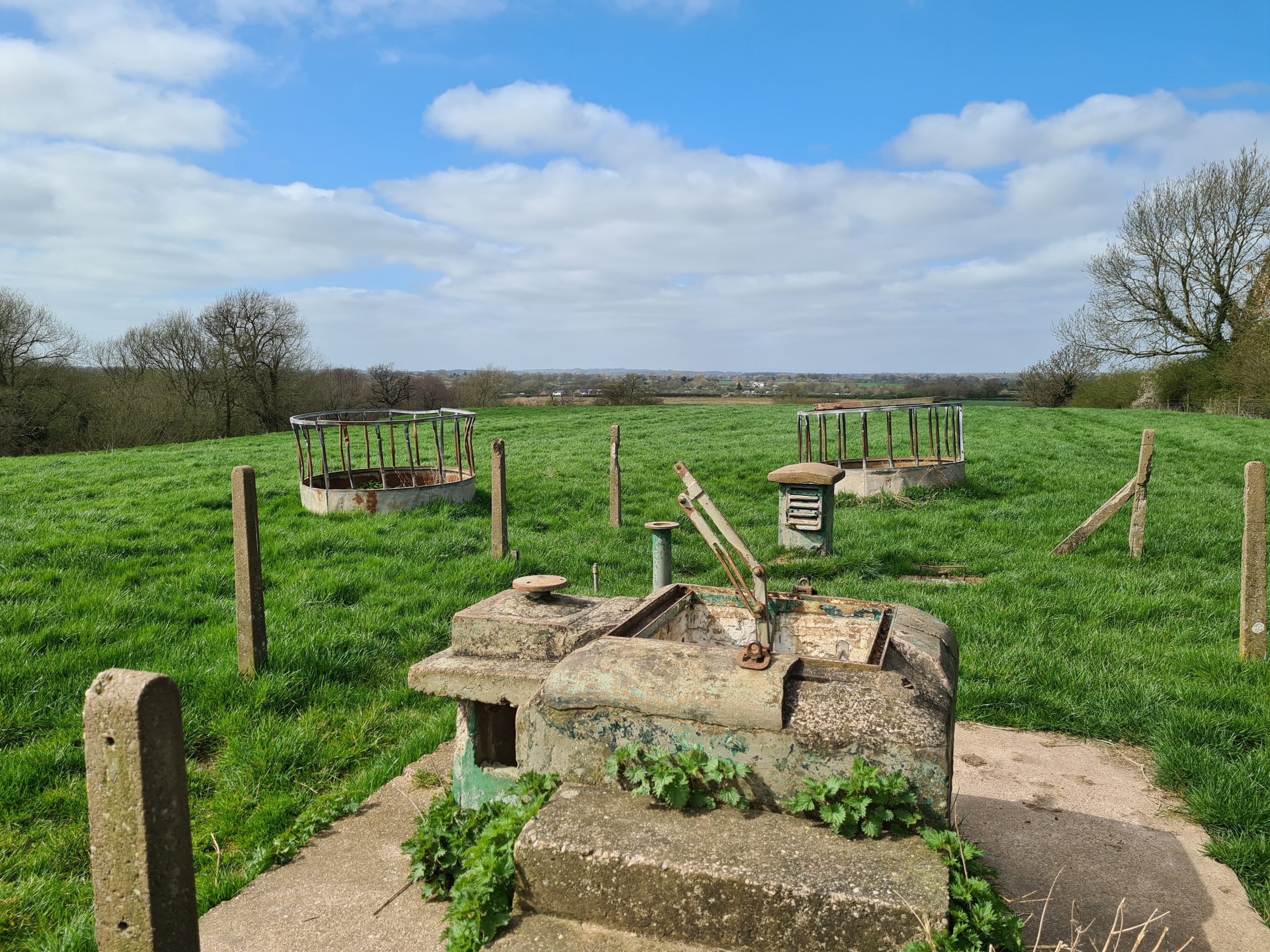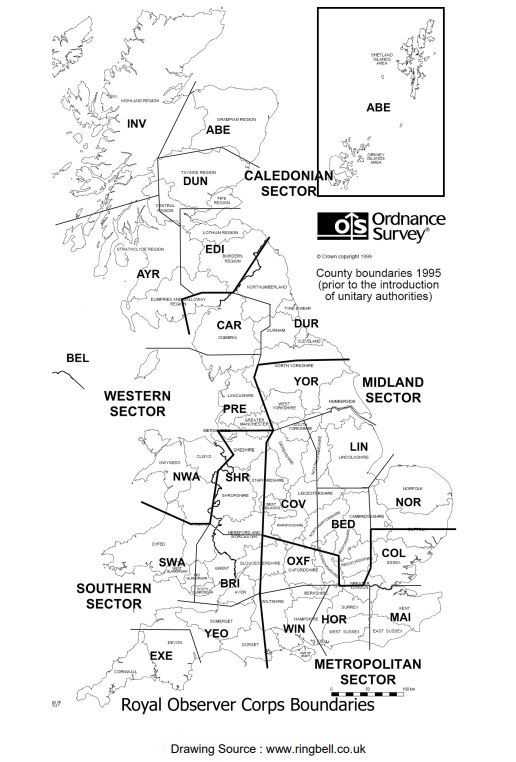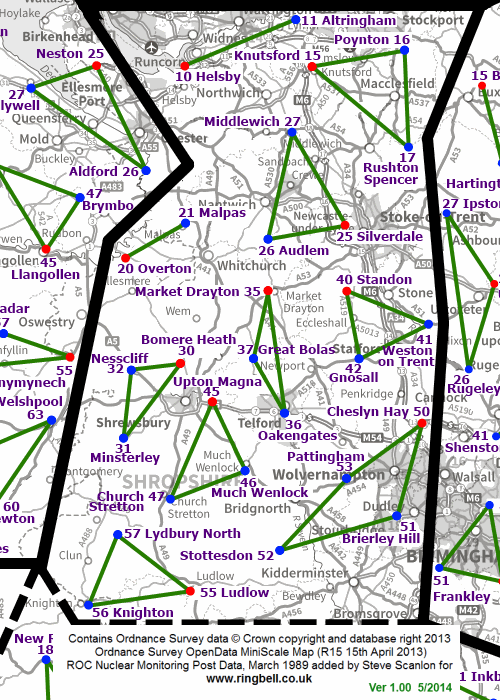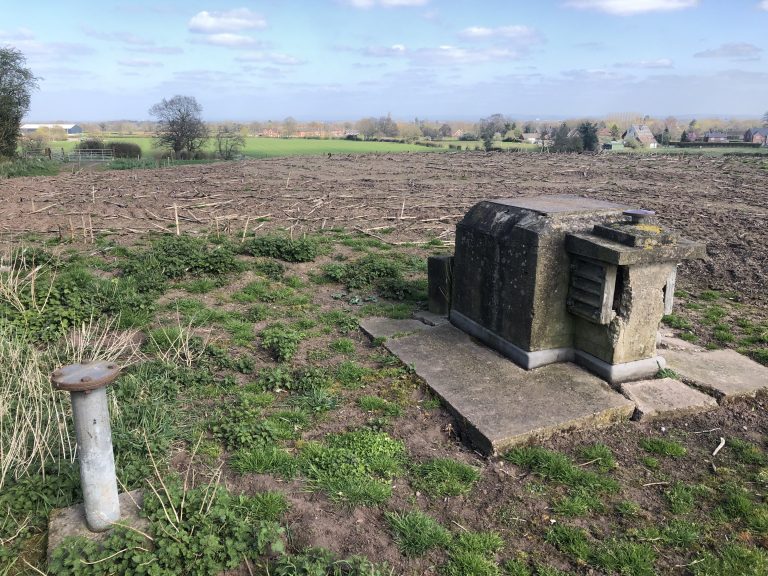Dotted all over the UK are the remains of small underground bunkers in varying states of repair. Some have been filled in and forgotten about but some are still there today, usually out of the way, just out of town and looking inconspicuous. If you didn’t know better, you might think it was something to do with drainage or maybe water supplies. Under the locked steel lid however, is a hidden space and a fascinating Cold War history, both of the people who volunteered to operate these posts but also of what might have been if the Cold War went nuclear.
A brief history of the Royal Observer Corps (ROC)
Warfare evolved in the 20th century into ‘Total War’. The death and destruction was no longer contained to the battlefield and by the First World War Britain’s factories and homes became targets from the air and sea. A warning system was needed to identify and track aircraft flying over the British Isles. Initially observation posts were manned by the armed forces and later on policemen communicating using telephones.
This new service evolved throughout the war and into the 20s and 30s undergoing many changes and several reorganisations eventually becoming known as the Observer Corps by the start of the Second World War.
King George VI granted the Royal title to the now Royal Observer Corps in 1941 following its efforts during the Battle of Britain. The Corps evolved throughout the war adapting to changes in enemy tactics and technology and provided a vital service in the war against Nazi Germany.
After the war, the role of the ROC changed again in response to challenges posed by tracking ever faster aircraft from the ground, Missiles capable of crossing continents and the rapid improvements to radar tracking technology. A new threat emerged in the form of nuclear weapons and the ROC would play a huge part in providing information if a nuclear strike was launched against the UK all the way through to 1991 when it was eventually disbanded.
The Cold War role of the ROC
At the end of the second world war the USA used two atomic weapons against Japan. The USSR tested its first atomic bomb in 1949. The UK followed suit in 1952. By 1956 the ROC was taking part in a large-scale simulated nuclear attack exercise. Throughout the 50s and 60s the British Government went about the task of improving the UKs defences against this new terrifying threat and should the worst happen, putting plans in place for it’s recovery following a nuclear war.
As part of these plans, from 1958 to 1968, 1,563 underground observation posts were built to protect the ROC from the worst effects of a nuclear strike, enabling them to fulfil their task of providing information on the location, size and altitude of nuclear blasts as well as weather reports to the newly formed UK Warning and Monitoring Organisation (UKWMO). They in turn would produce accurate forecasts of radioactive fallout which could then be used by other organisations like the Fire Brigade or Armed Forces as well as broadcasting fallout warnings and ‘all clear’ signals to survivors in the aftermath of an attack.
The system was revised several times over the years. 1,583 posts in the 60’s became 873 following cuts in defence spending in 1968. The final structure by the late 1980’s saw post 26 at Audlem forming a cluster of three with Middlewich (Post 27) and the master post at Silverdale (post 25). The Cluster along with 26 other posts made up Group 16 reporting to Group HQ based in a blast and fallout protected building in Shrewsbury. Section 16 was part of ‘Southern Sector’ which had its Sector HQ in Bristol.
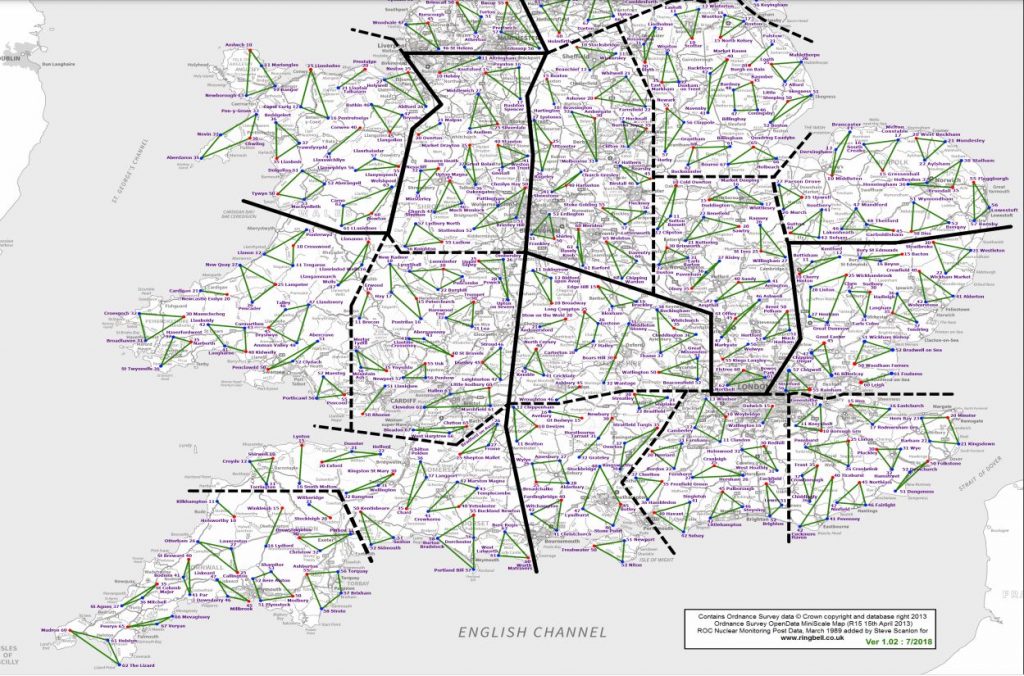
Through the 1980s, spending on defence increased again and ROC posts underwent a programme of improvements. Some instruments and communication equipment were upgraded. Up to this time several posts were reportedly using equipment dated from the Second World War! A few posts were fitted with manually operated ventilation systems to remove the worst of the radioactive fallout from the air coming into the bunker.
However, soon after this investment, The Cold War was rapidly coming to an end. Glasnost, the programme of reform in the USSR was gaining pace and in 1989 the Berlin wall came down. By 1991 defence spending was cut back drastically and the ROC and UKWMO were seen to be excess to requirements in a world which seemed further and further away from nuclear war and so both organisations were stood down. All of the observation posts and group HQ bunkers were cleared of sensitive equipment, locked up and the land returned to farmers and others from whom it was originally leased.
A typical ROC post
The vast majority of the 1,583 posts constructed were built to a standard design. Our post at Audlem was built to this specification.
On the surface, two small concrete structures are visible as well as two metal pipes sticking up from the ground. The larger of the two concrete pillars is the entrance hatch, the other is for ventilation. The two pipes were used to connect equipment when the post was active.
The steel hatch opens to reveal a shaft 4.25m deep with a ladder attached to the wall. At the bottom, two doors. One to a small room which would have housed the chemical toilet and stores. The other door leads to the main room housing the living space and equipment used by the ROC volunteers to provide vital information to the Group HQ during and after an attack.
This main space would have been cramped for three people, measuring just 4.75m long by 2.25m wide and 2.25m high. As you entered, on the left hand side was where the instruments were housed along with a desk for two on duty operators and against the back wall, bunk beds.
Posts were basic with no running water, mains electricity or gas. Two batteries were used to power the equipment and a diesel generator which would be temporarily placed above ground to charge them.
The equipment in the posts changed over the years being updated as the Cold War technology progressed but the purpose of each instrument remained broadly the same.
Communications
In most posts there were only two forms of communication with the outside world. There was no telephone in the post and the lines used were private. Initially the cables were above ground on telegraph poles which was an obvious weakness in the system and would surely be damaged during a nuclear attack. Later, in the 1980’s some lines were diverted underground for protection.
- The main communications device was known as the “TeleTalk”. This allowed each post within its cluster to speak with each other on an open link. Each post could hear everything said by the other posts in the cluster. Group HQ could be contacted by pressing the ‘call’ button.
- The Carrier Receiver was a listen only device connected to the national warning system and the infamous “Four Minute Warning”. This allowed each post to receive “Attack Warning Red” messages if an attack was detected, Fallout warnings and the All Clear signal. These would then be used to warn the local population using a siren and small rockets known as “Maroons”.
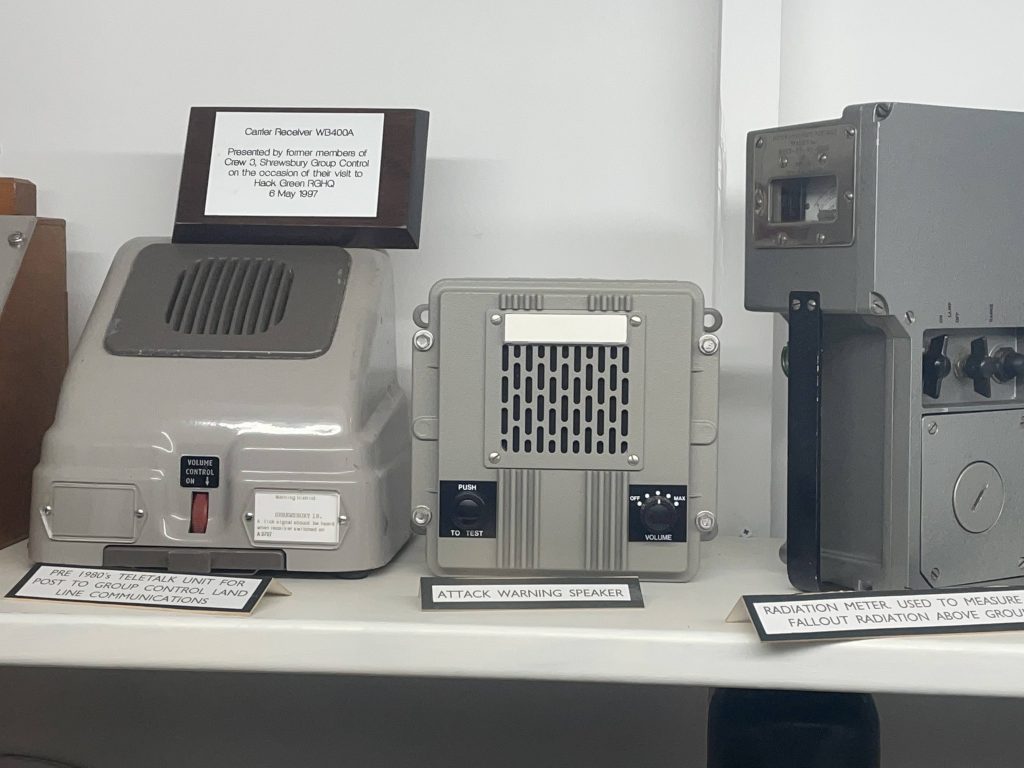
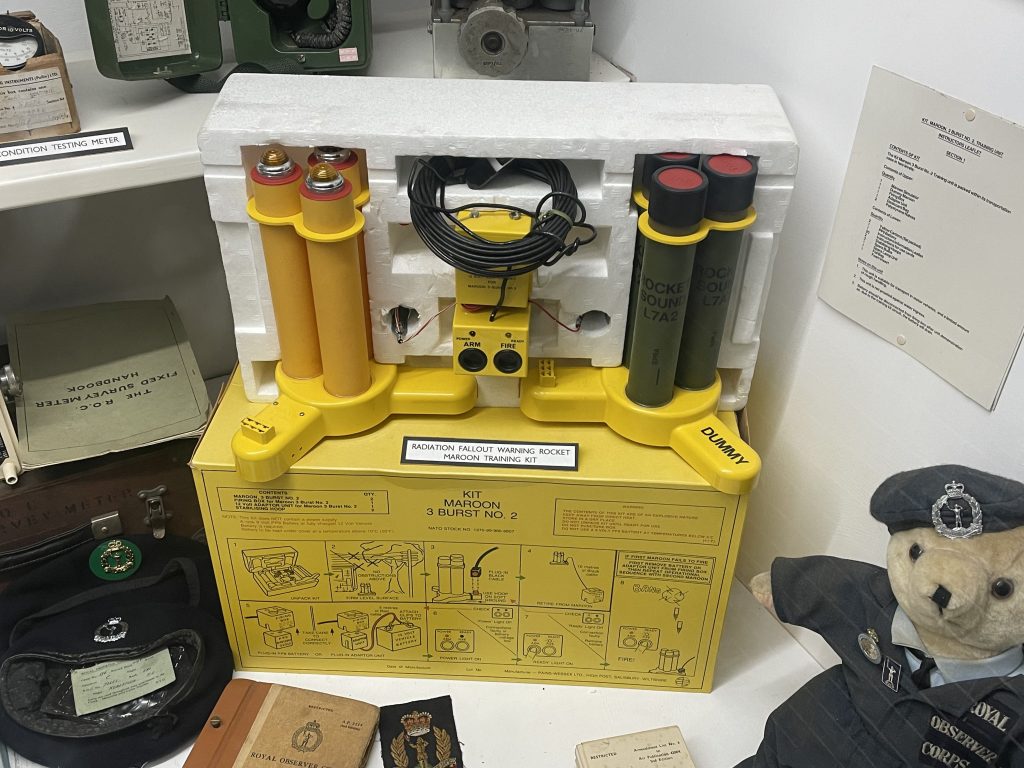
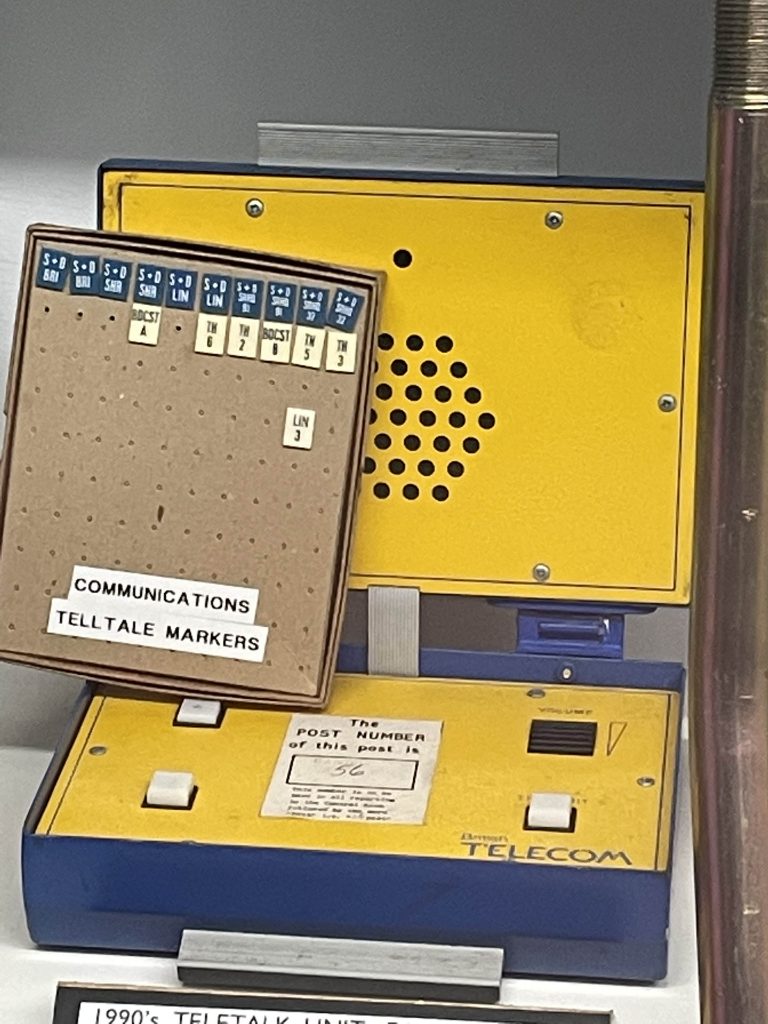
Detection and Monitoring
Each post had three main methods for the detection and monitoring of bombs and fallout:
- Bomb Power Indicator (BPI). The above ground element of the indicator, two metal plates designed to funnel the shock wave from a bomb, would be attached to one of the metal pipes which went down into the main room. This was connected to a wall mounted gauge which would show the strength of the explosion, measured in Kilopascals. This information was then reported to HQ.
- Ground Zero Indicator (GZI). Fixed on a bracket next to the main hatch, this would enable the post to record the position of a nuclear explosion using a pinhole camera technique. Four sheets of special photographic paper pre marked with a numbered grid were used to give 360 degree coverage. The light from a nuclear blast would enter through one of the four pinholes and leave a mark on the paper. A member of the crew would have to go above ground to collect the paper and bring it back into the main room to be examined. The post could then report to the group HQ with the bearing and height of the explosion. HQ would then triangulate the bearings along with reports from other posts to get an exact position.
- Fixed Survey Meter (FSM). This would measure the radioactive fallout following a nuclear attack. Fixed to the second metal pipe above ground and covered by a protective plastic dome, readings would be fed below ground to an indicator unit. The data would then be reported to HQ on a regular basis.
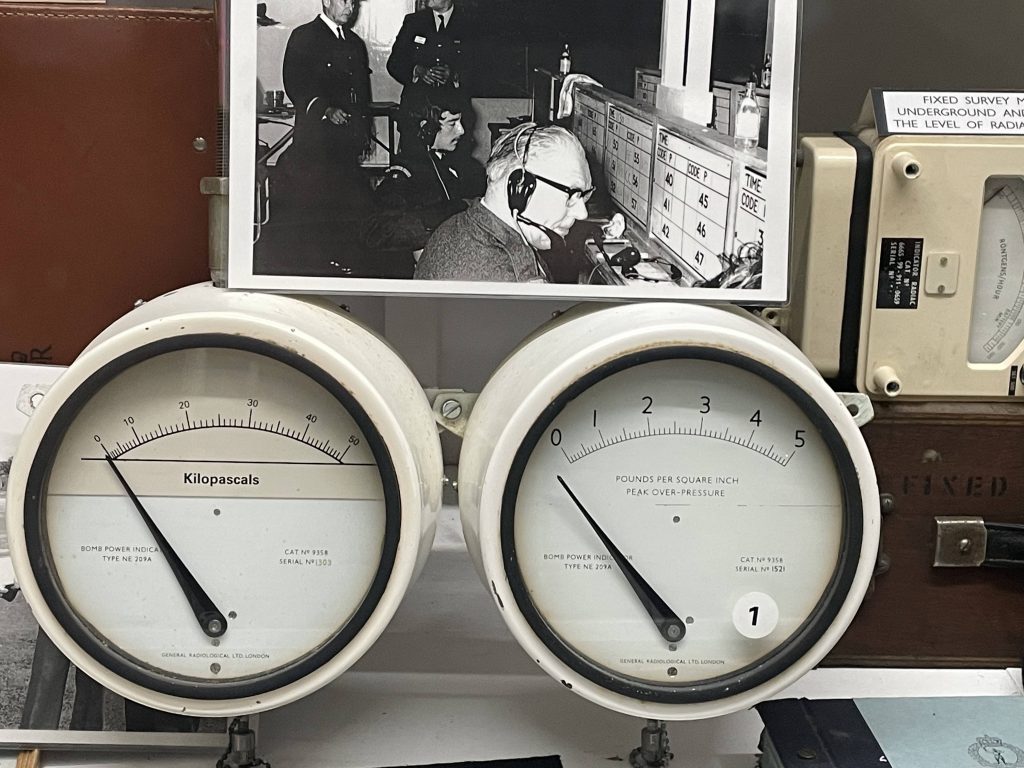
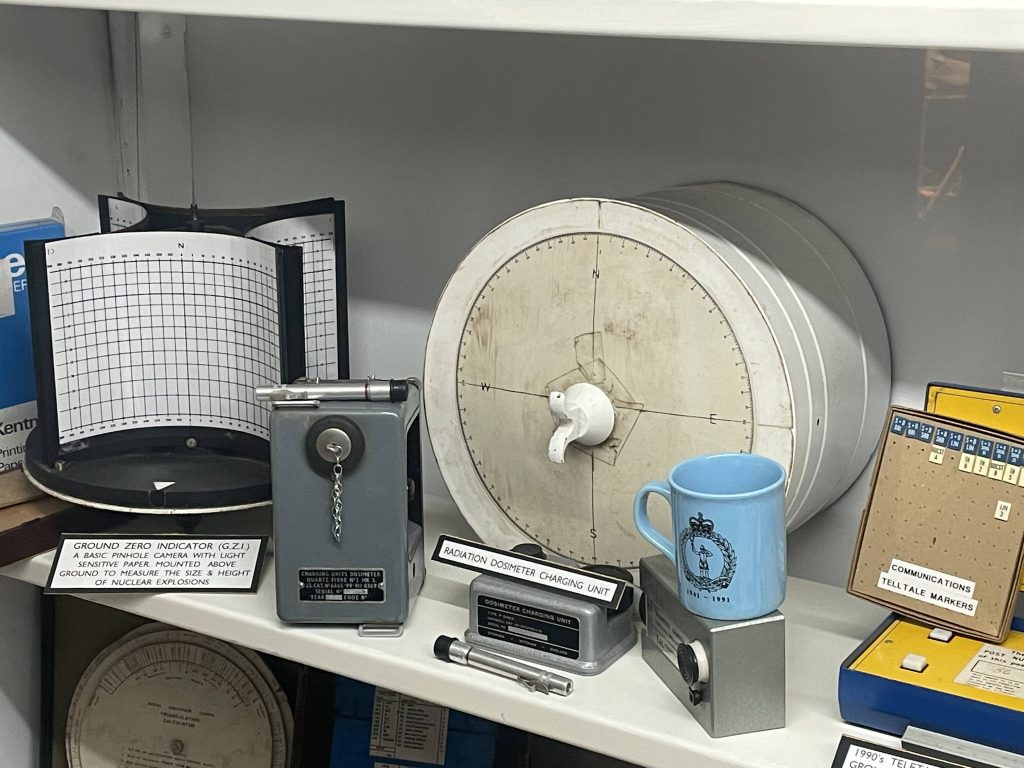
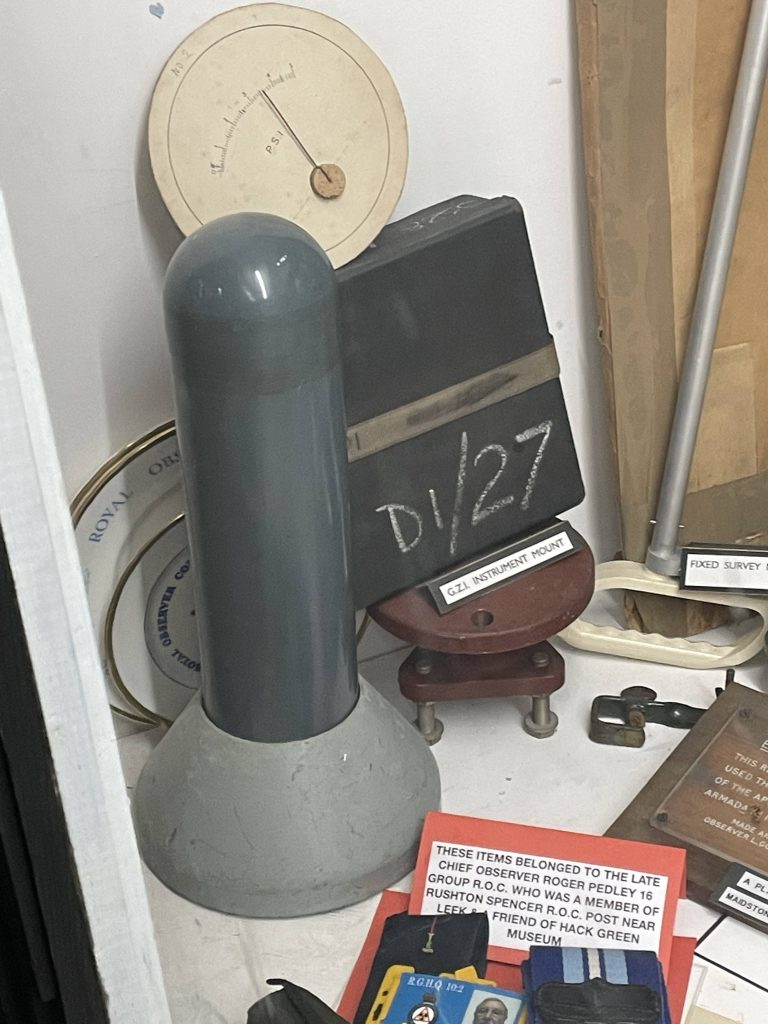
Other Equipment
The master post in each cluster was equipped with a radio antenna which could be deployed should the hard wire communications with HQ be disrupted. The other posts in the cluster would continue to communicate with HQ via this radio link.
Posts were also expected to provide basic local weather reports if requested by Group HQ and had equipment on hand to help them to take measurements of temperature, wind direction, wind speed and atmospheric pressure. Volunteers were also trained to make visual observations of weather conditions and cloud cover. This was intended to be a backup should the official weather reports from the Met Office be unavailable following an attack.
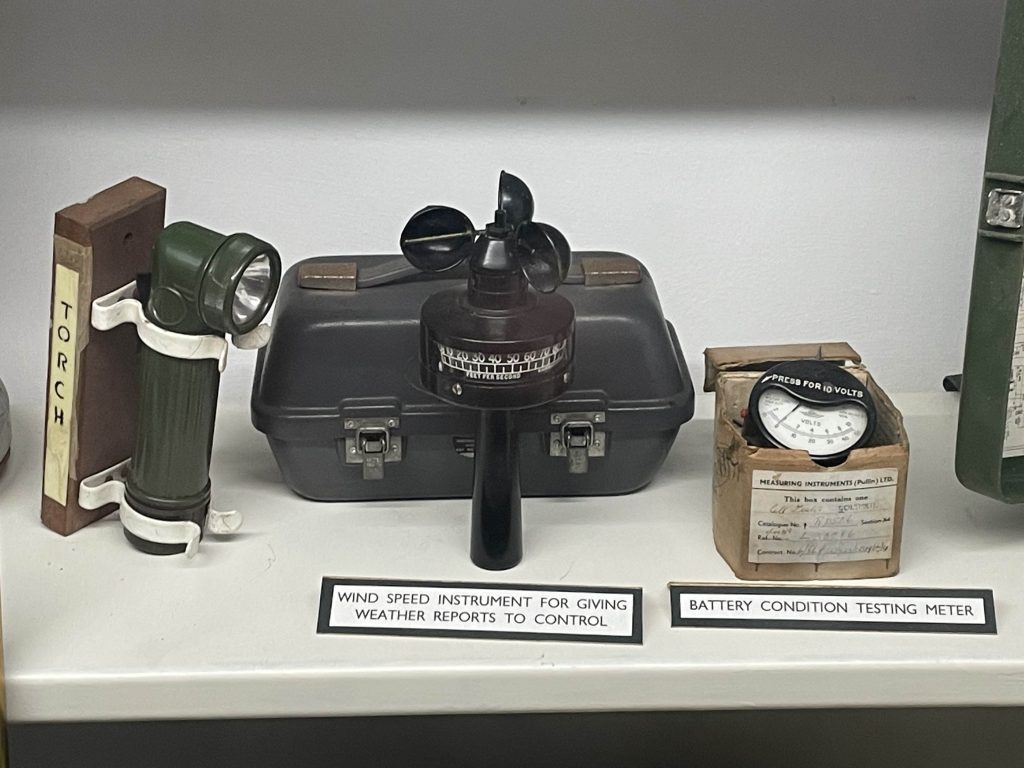
Present Day
So, what’s left?
The post remained active right up to the end in 1991, having opened in 1965. The surface features here are in good condition. The hatch is no longer attached and lies on the ground nearby. The post was open when I visited and inside there are several original features visible. There has been quite a bit of vandalism over the years and the main room is full of rubbish.
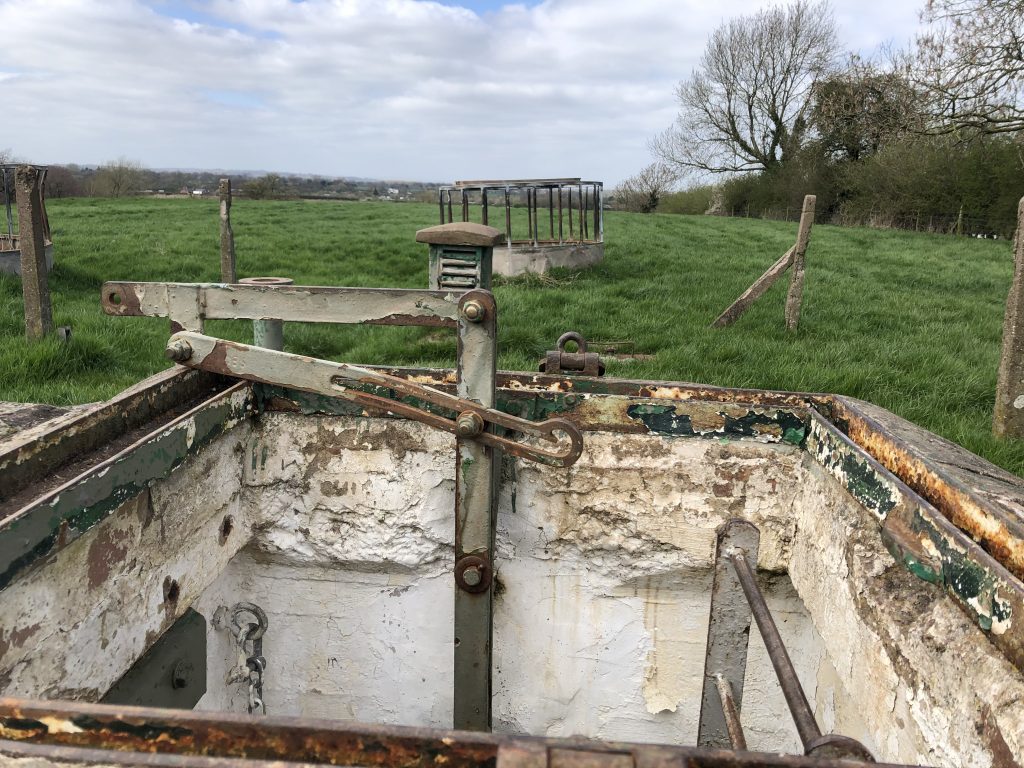
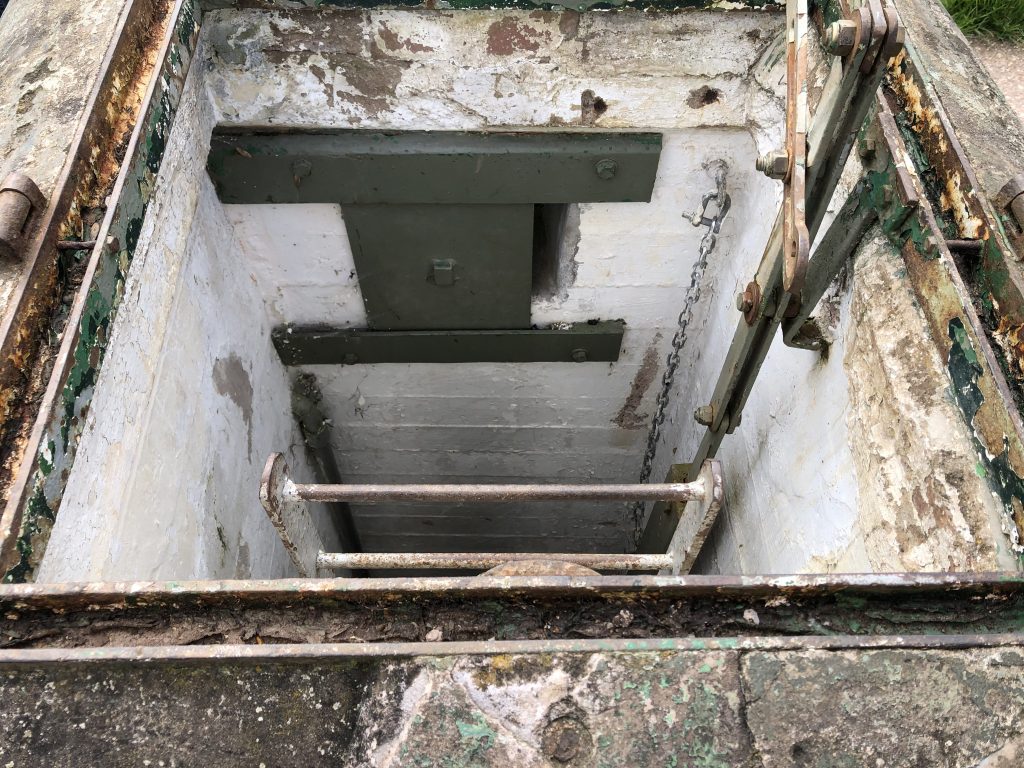
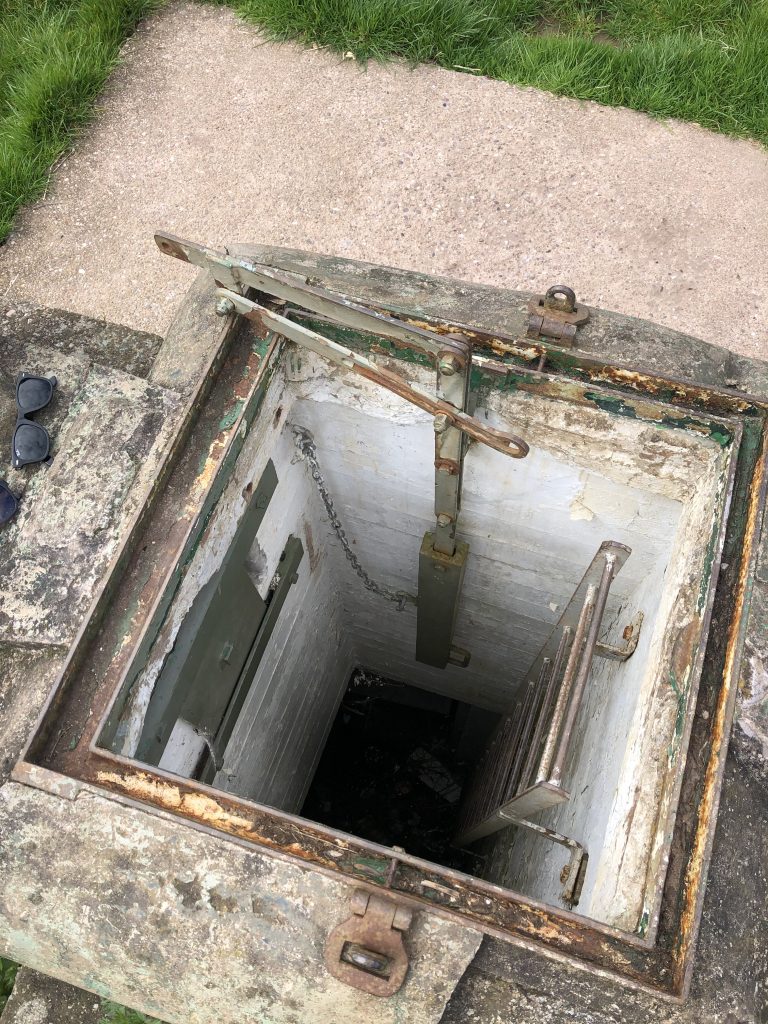
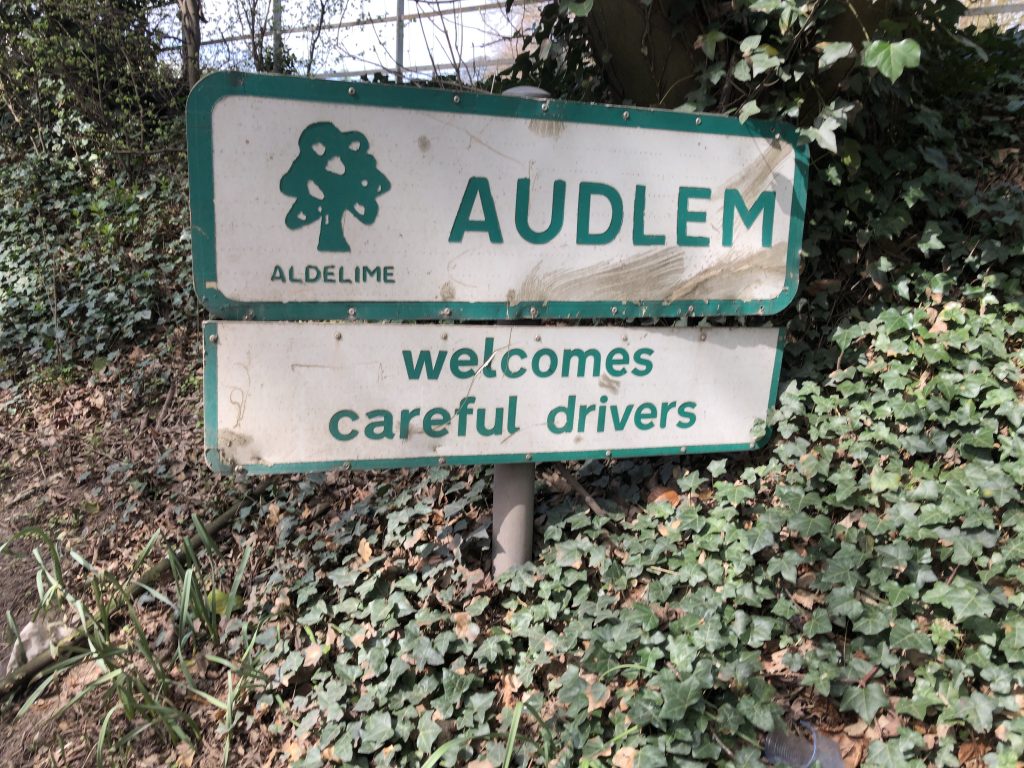
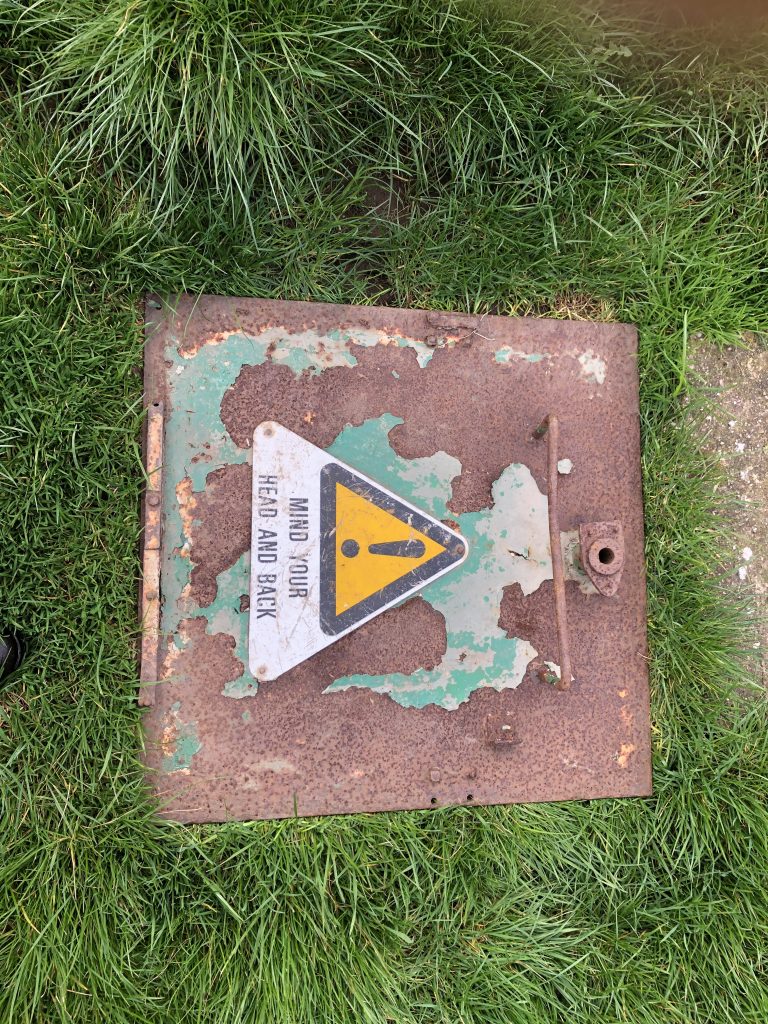
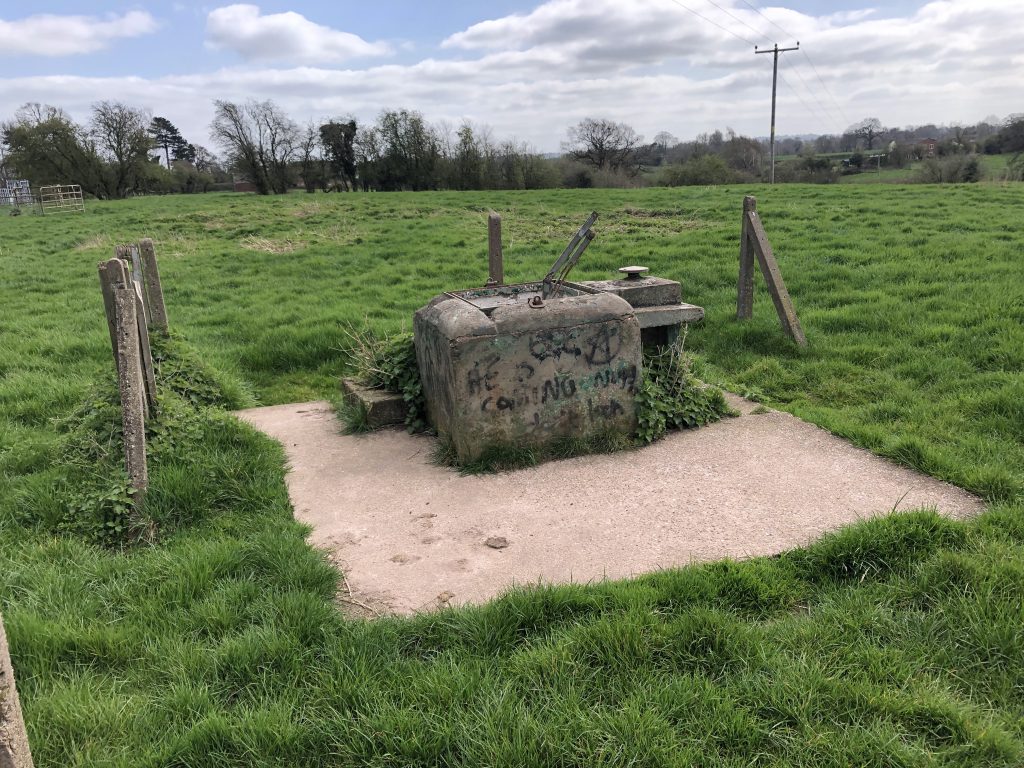
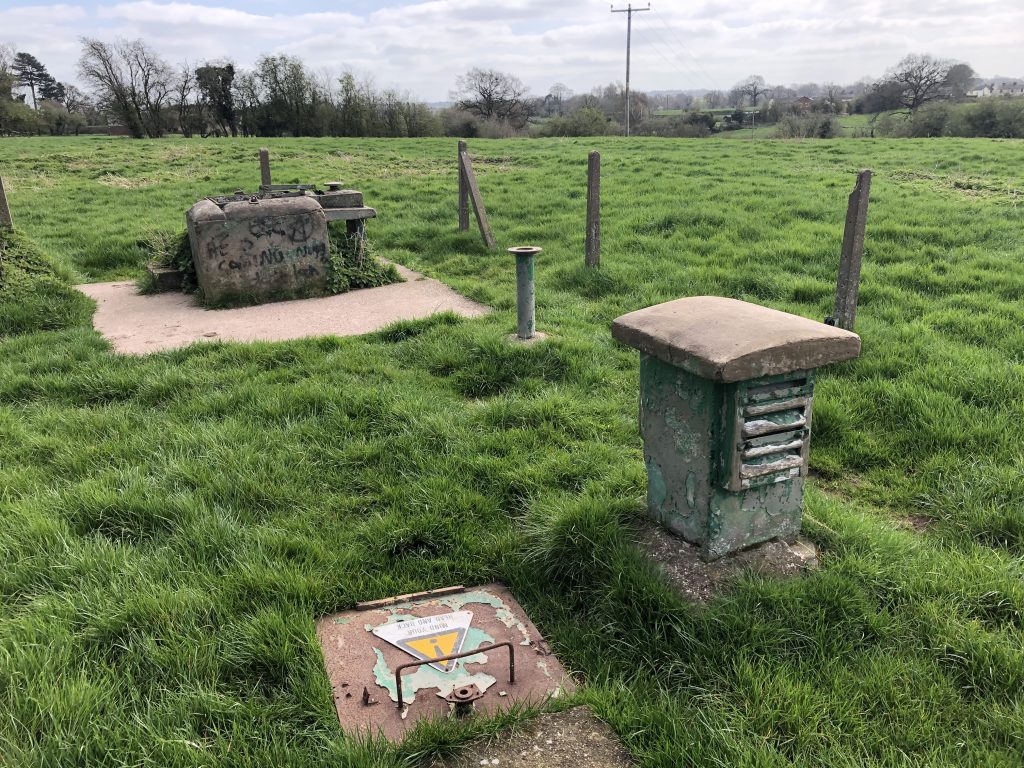
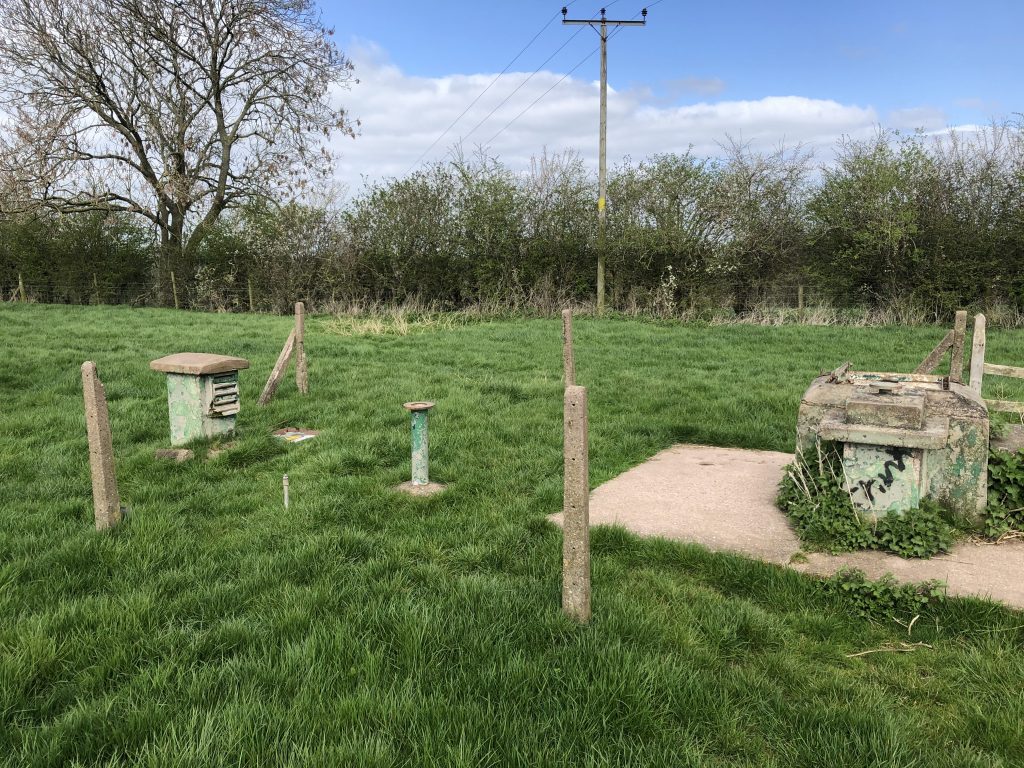
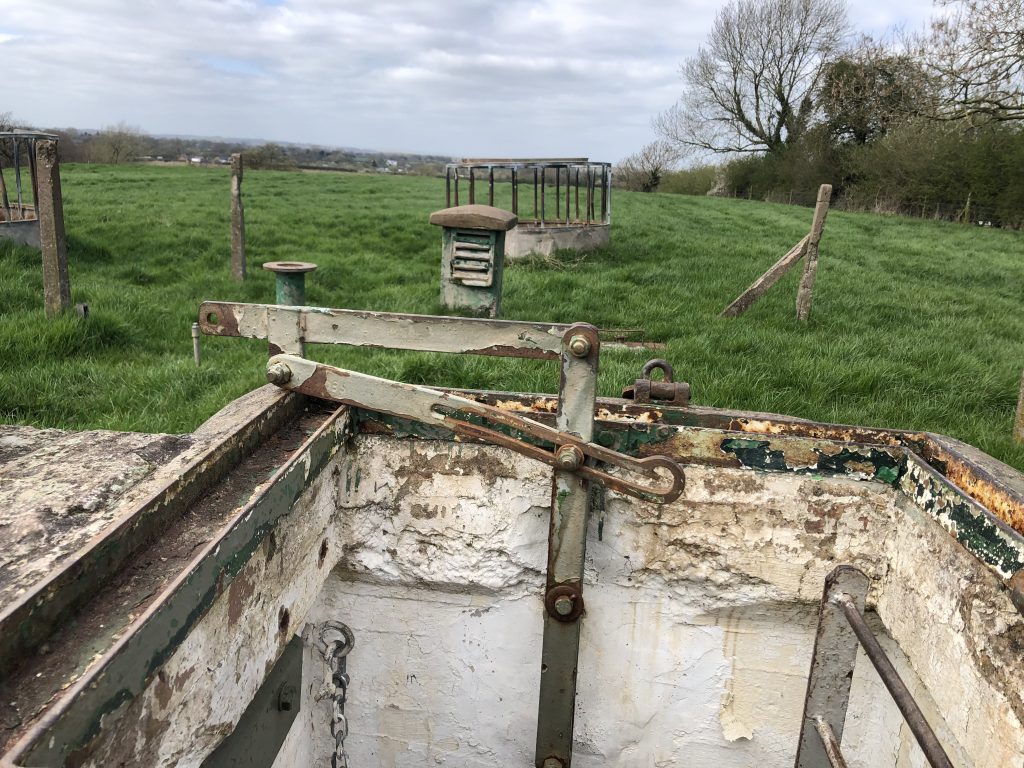
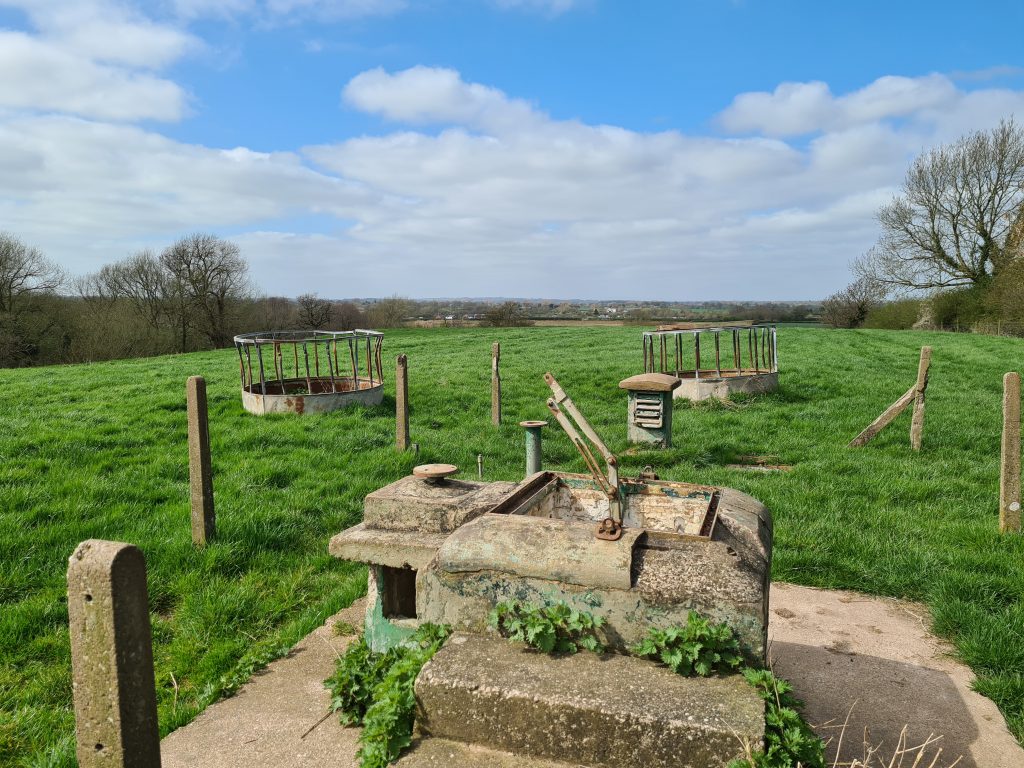
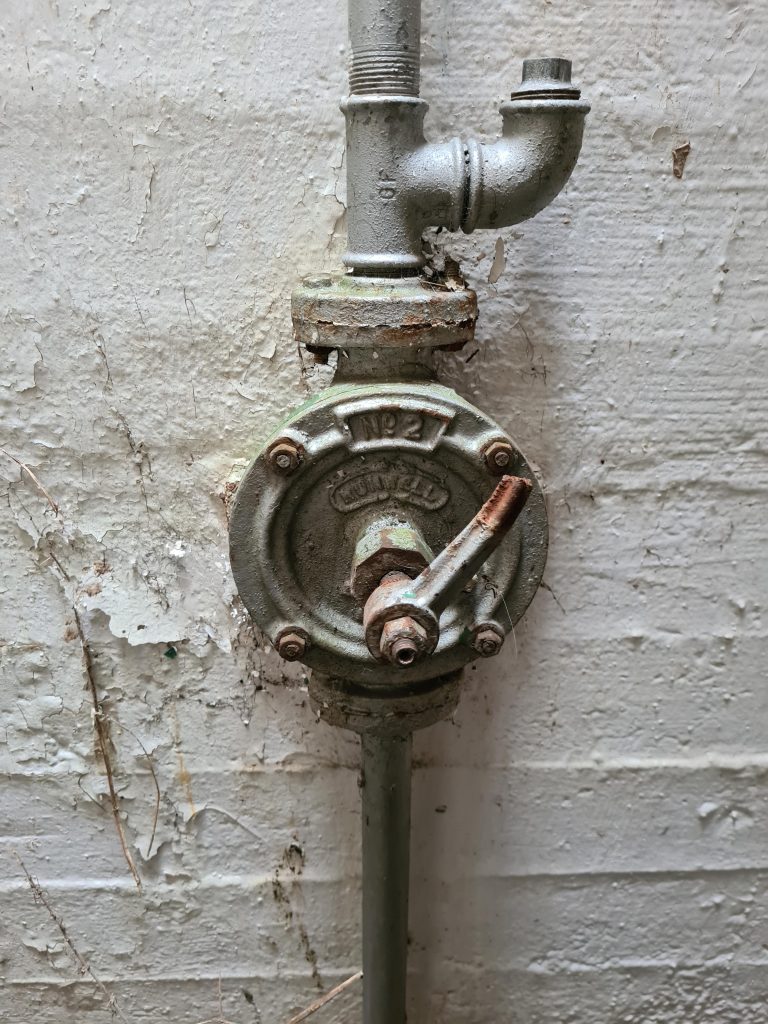
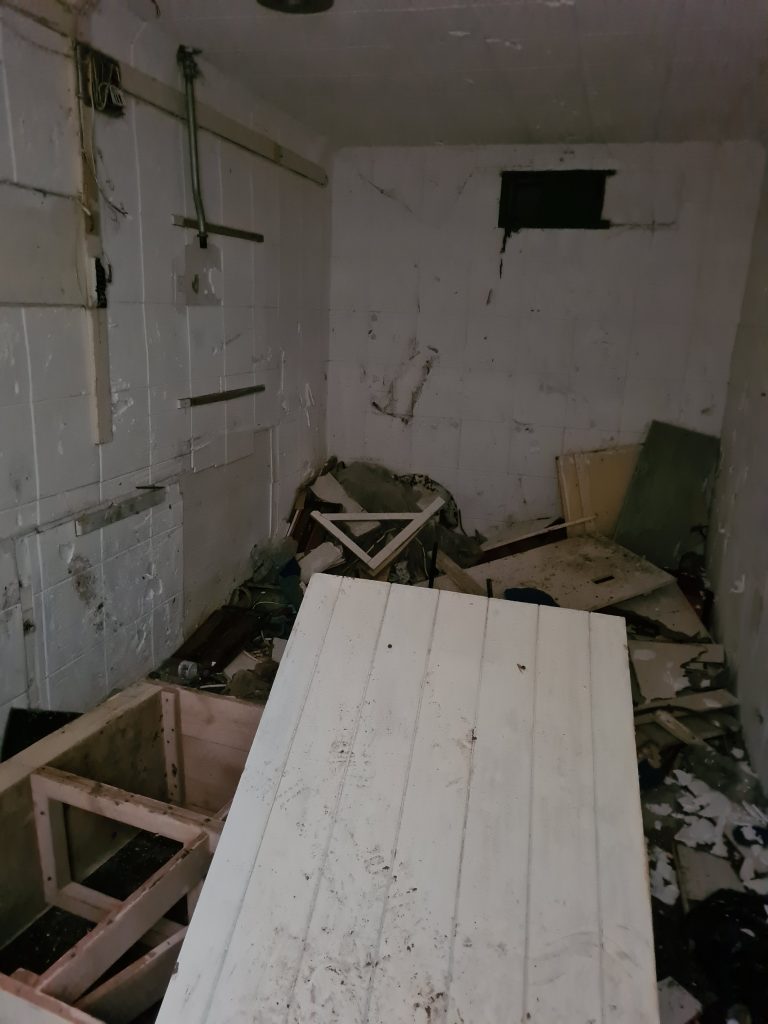
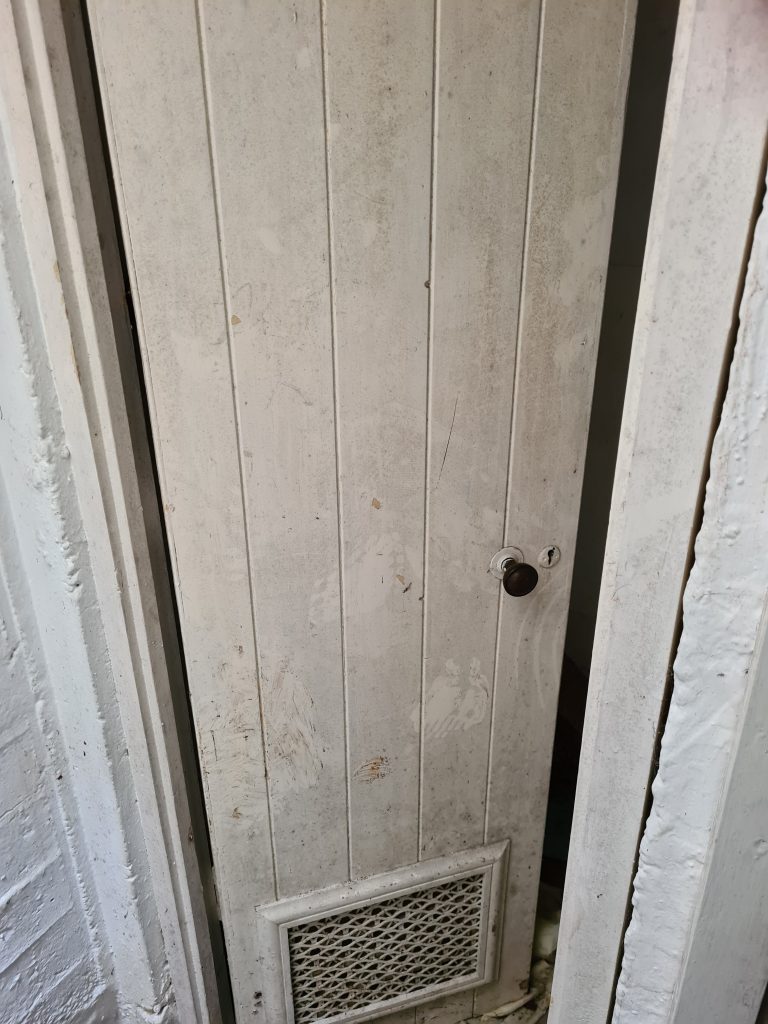
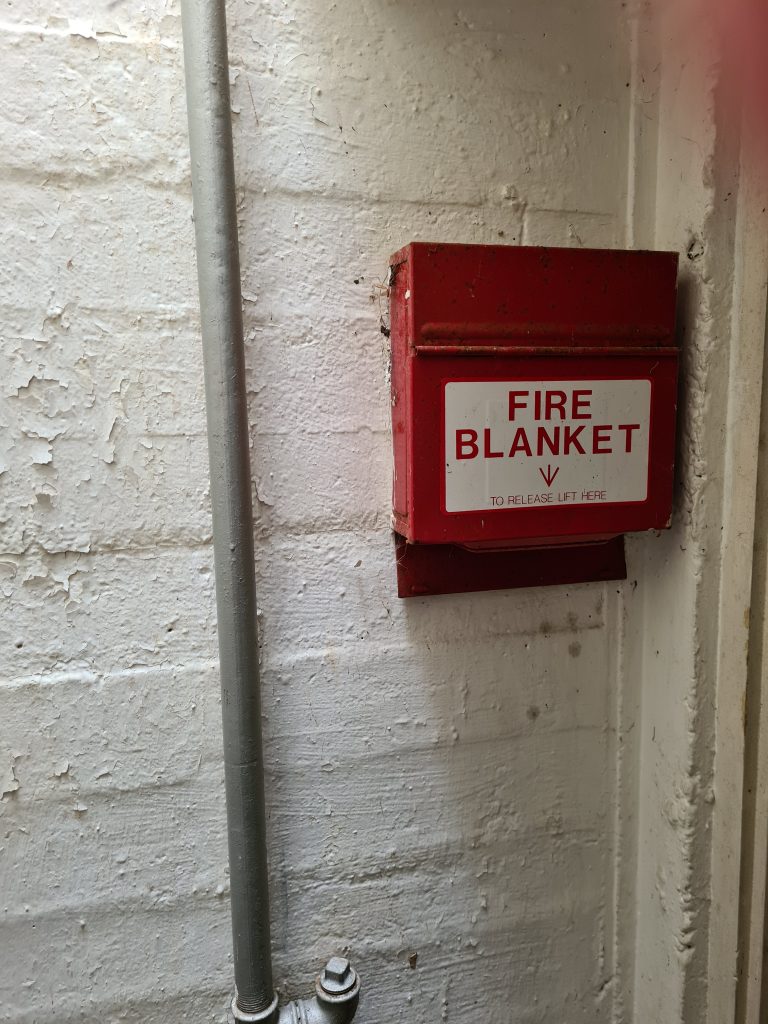
The Group HQ in Shrewsbury is now a veterinary surgery. Holes for windows have been cut into the thick concrete walls and the large double height operations room has been floored over to provide more space. All of the equipment was removed but there is a small display of ROC items in the reception area, maintaining a link with the building’s frightening past.

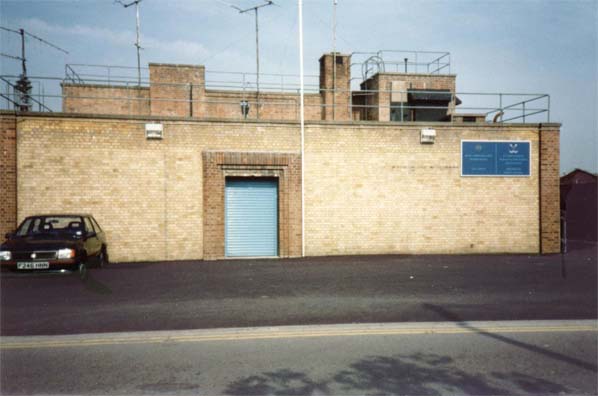
References and further reading
Photos of the ROC equipment was taken at Hack Green Secret Nuclear Bunker. A visit is highly recomended!
Websites
- http://ringbell.co.uk/ukwmo/Page221.htm
- http://www.roc-heritage.co.uk/
- https://www.subbrit.org.uk/features/royal-observer-corps/
- https://en.wikipedia.org/wiki/Royal_Observer_Corps
Museums & Visits
- Broadway Tower ROC Post, Worcestershire. www.broadwaytower.co.uk
- Veryan Bunkers, Cornwall. https://www.nationaltrust.org.uk/carne-and-pendower/profiles/veryan-bunkers
- ROC display at Hack Green Secret Nuclear Bunker. https://hackgreen.co.uk/
- York ROC Group Control bunker. The equivalent to Shrewsbury HQ mentioned above. https://www.english-heritage.org.uk/visit/places/york-cold-war-bunker/
Videos
- Sound An Alarm. A 1971 film about the United Kingdom Warning and Monitoring Organisation including an explanation of how the system would work at the time including data from ROC posts. https://www.youtube.com/watch?v=o3y0WmONP4E
- The Hole In The Ground. An earlier film about the UKWMO from 1962. https://www.youtube.com/watch?v=JYSwBw1nWyE
- A film made by the volunteers at an ROC post in September 1991 during their final meeting. They speak about their work with the ROC and their thoughts about its disbandment. A very interesting insight! https://www.youtube.com/watch?v=k2cV6i1iSkc
- A video tour of a virtual ROC post. https://www.youtube.com/watch?v=g873gPP2c4U
